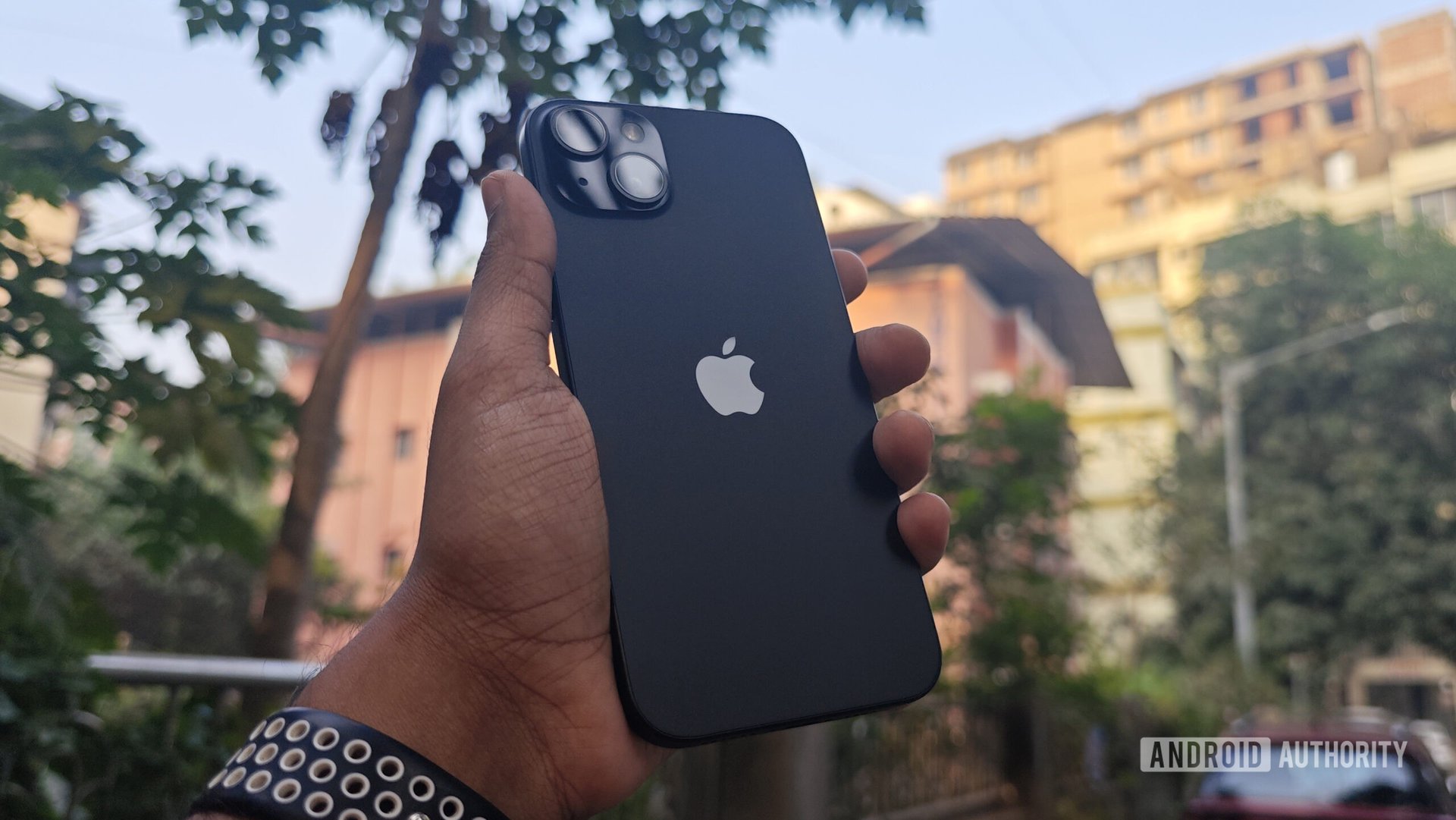Affiliate links on Android Authority may earn us a commission. Learn more.
iPhone Bluetooth not working? Here's how you can try to fix it
Bluetooth is pretty integral to the modern smartphone experience. At the least you’re probably using it for wireless earbuds, and as an iPhone owner, there’s a decent chance you’re using it to pair an Apple Watch, trigger CarPlay, and/or set up smart home accessories. If it stops working, it’s important to get it up and running again as soon as possible. We’ve got some troubleshooting tips to help.
How to fix Bluetooth on an iPhone

Some of these steps may seem obvious, but we’re including everything we can to be thorough and for the sake of creating a checklist. We’re also going to cover Bluetooth failing to connect to accessories, not just failing in general, since the former is more likely. Note that if you’ve tried everything on this list without success, there may not be any choice but to talk to Apple Support and schedule a repair session — your iPhone’s Bluetooth radio could be faulty.
- Try turning Bluetooth off and on again. This should be your default tactic, since it forces your iPhone to retry Bluetooth connections, and it’s entirely possible that you left Bluetooth off by accident. No shame in that, it happens. You can toggle Bluetooth by opening Control Center and tapping the Bluetooth rune, or else by going to Settings > Bluetooth. Remember also that Bluetooth may be disabled if you’re using Airplane Mode.
- Check whether it’s just a specific accessory having problems. If you open up Settings > Bluetooth, you should see a list of all your paired Bluetooth accessories under My Devices, including “Connected” or “Not Connected” labels next to each. If one or more of the listed devices is able to connect, but one you’re concerned about isn’t, your trouble is probably accessory-specific. If an accessory you own appears under Other Devices, that means you’ll have to pair (or re-pair) it. Follow its bundled instructions to put it into pairing mode if that isn’t triggered already.
- Turn accessories off and on again. It’s possible that an accessory failed to establish a link the first time it powered on, but will succeed the second time. Check that anything your connecting has plenty of power.
- If a paired accessory isn’t responding, try deleting and re-pairing it. Under Settings > Bluetooth, tap the i (info) button next to the accessory, then Forget This Device. You’ll have to pair it again as if it were new. Be aware that if the trouble is with an Apple Watch, you’ll have to use the separate Watch app to manage its connection and settings.
- Disconnect or delete unused Bluetooth accessories from your iPhone. Too many active Bluetooth connections could be causing interference issues, so try disconnecting or deleting anything you’re not currently using. You should also delete anything that’s no longer in use period, if just to keep your list organized. Don’t worry — you can always re-pair something later.
- Rule out range issues. While range is unlikely to be a problem if both your iPhone and an accessor you’re using support Bluetooth 5.x, earlier versions of Bluetooth can have a range as short as 33 feet (10 meters). On top of that, any version of Bluetooth can be affected by obstacles and signal interference, so it’s worth bringing an accessory as close to your iPhone as possible if you think signal strength might be the culprit.
- Install any available iOS updates. Bugs may sometimes break iPhone functions, even something as critical as Bluetooth. You can check for iOS updates by going to Settings > General > Software Update. While you’re at it, you should consider turning on Automatic Updates if you’re prone to forgetting about installing updates yourself. On top of eliminating bugs, this can also improve your iPhone’s defenses against security threats.
- Restart your iPhone. Any smartphone is at risk of temporary operating system-level glitches that can be resolved by a reboot. It’s worth restarting your iPhone periodically anyway, since this seems to clear up cache and/or process issues that slow things down. Modern iPhones boot pretty quickly, so it’s a minor inconvenience.
- Reset your network settings. This should be treated as your last resort before talking to Apple Support. When you reset network settings, your iPhone will forget not just all of its Bluetooth pairings, but all of your Wi-Fi logins, VPN settings, cellular network preferences, and manually-enabled certificates. Even your iPhone’s name will be reset, but at this stage you’re out of options, and it’s easy to change the name back. Just make sure you have any needed login/certificate info available before you begin the reset process.